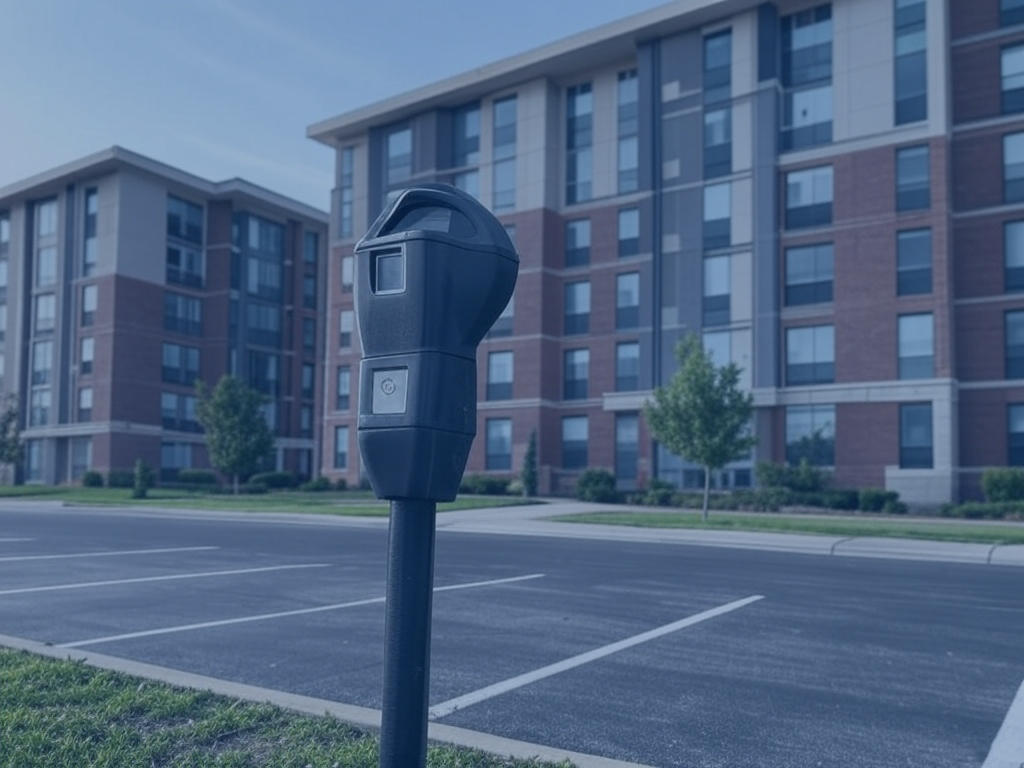The COVID-19 pandemic has accelerated the need for businesses to support the hybrid employee experience. Since then, more and more staff members are realizing the benefits of sometimes working in the office, while at other times, working remotely.
Hybrid working is the ideal arrangement for many employees. And can also be hugely beneficial to the organizations facilitating it. For it to run efficiently, organizations will have to install infrastructure to support the hybrid employee experience.

Below are just a few tips on how you can do that…
Table of Contents
ToggleEnsure employees have the right conditions
According to the survey conducted by McKinsey, 58% of the employees say that their productivity increased by hybrid work. For your company to benefit from such an upsurge, you will have to ensure that staff have the right working conditions in both the home and the office.
This might mean ensuring they’ve the right equipment in both locations, but it could also mean that they have a workspace.
For instance, they need a place to work where there are no distractions within their home. Without it, you could see a huge trajectory in productivity when they’re in the office, which drops off when they work remotely.
Obviously, that is not ideal for hybrid workers.
Sending out communication material with simple tips on how employees can improve their home workspace surroundings could be a good start.
Maintain team relationships
When people work from home, the social side of the office is missed. Unfortunately, this is an area that organizations often forget about when they’re organizing their hybrid structure.
However, there are ways to lessen the impact of staff not always being in the same place.
For instance, regular in-person team building events can keep the camaraderie of the office employees in place.
Since we are living in a more hybrid world, you can mix this with online events, such as virtual lunches. This offers people the opportunity to catch-up and stay connected with their colleagues.
Put communication first
Communication should not be compromised if you’re installing a hybrid model in your workplace. Tools, such as Slack, Microsoft Teams, and Google Meetings can allow your team to stay connected no matter where they are.
One of the key advantages of having all your staff in the one place is that questions can be asked and answered in an instant.
However, with messaging software, that can also be done online. It is the job of management and HR to ensure that there is a culture of communication that is not lost once you go hybrid.
Keep track of productivity
Reporting and productivity monitoring tools, such as Slack and Monday.com, allow for companies to check whether hybrid work is good for their needs.
It is one thing supporting the employee hybrid experience, but you also have to ensure it is a good fit for your organisation. Using these tools to monitor productivity and communicating with hybrid workers about the differences when in-office, opposed to home, can do this.
They are also useful tools for management to keep track of what tasks an employee who is working from home is currently working on.
Think about space
When employees are not in the office, there is little point in them taking up space.
Especially when it can be at a premium for companies who are growing. By installing a hot desk booking system, such as the one offered by Wayleadr, you can ensure that your space is being put to the best possible use.
It should be noted that this issue isn’t just about desks, with car lot spaces also being an issue. For instance, if you have a senior member of staff who is only in the office two days per week. Why should this employee have a reserved space for all seven days?

It’s inefficient and can cause issues for growing companies. Installing parking management software, such as Wayleadr can help here.
Just like with desk booking software, staff can pre-book car lot spaces. It takes some of the stress out of the commute and ensures staff know they have somewhere to park before they leave their home.
Use metrics to understand preferences
Understand and monitor the days that hybrid workers prefer to come to the office. This information can be gathered through surveys to staff members, anecdotally by observing when people are coming to the office or by accessing the data on the dashboards of the tech tools you are using.
By understanding preference and usage, HR can facilitate for those who want to work from the office on certain days and prebook their space in advance.
Conclusion
Hybrid working is here to stay and organizations can put steps in place to ensure that employees are productive both on the days they come to the office and the days they choose to work from home. Putting a system like Wayleadr in place, enables employees to be more efficient on the days they choose to come to the office. They can book their parking and desk spaces ahead of time so that they can have a worry free commute.
If you’d like to learn how Wayleadr can support the hybrid employee experience, book a demo here.












